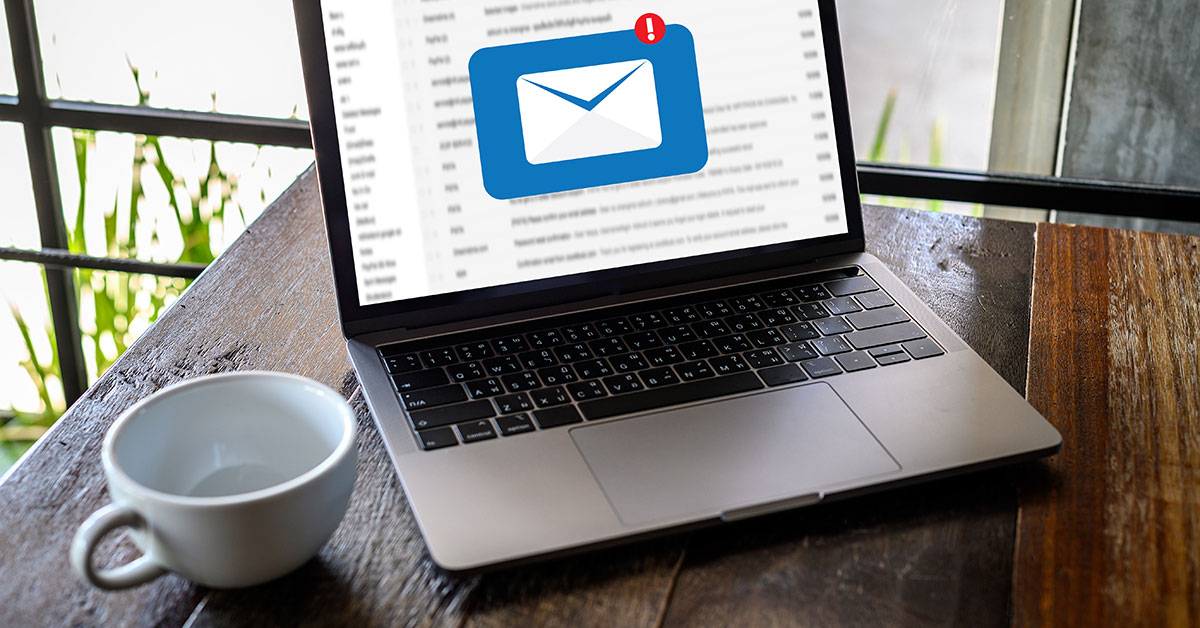
COVID-19 Update: Paycheck Protection Program
Starting April 3, 2020, small businesses can apply for the Paycheck Protection Program. The program is designed to keep small business workers employed and provide small businesses with capital through the nation’s banks and other lending institutions.
The Paycheck Protection Program (“PPP”) authorizes up to $349 billion in forgivable loans to small businesses to pay their employees during the COVID-19 crisis. All loan terms will be the same for everyone.
The loan amounts will be forgiven as long as:
- The loan proceeds are used to cover payroll costs, and most mortgage interest, rent, and utility costs over the 8 week period after the loan is made; and
Employee and compensation levels are maintained. - Payroll costs are capped at $100,000 on an annualized basis for each employee. Due to the likely high amount of subscriptions, it is anticipated that not more than 25% of the forgiven amount may be for non-payroll costs.
- Loan payments will be deferred for 6 months.
When can I apply?
- Starting April 3, 2020, small businesses and sole proprietorships can apply for and receive loans to cover their payroll and other certain expenses through existing SBA lenders.
- Starting April 10, 2020, independent contractors and self-employed individuals can apply for and receive loans to cover their payroll and other certain expenses through existing SBA lenders.
- Other regulated lenders will be available to make these loans as soon as they are approved and enrolled in the program.
Where can I apply?
- You can apply through any existing SBA lender or through any federally insured depository institution, federally insured credit union, and Farm Credit System institution that is participating. Other regulated lenders will be available to make these loans once they are approved and enrolled in the program. You should consult with your local lender as to whether it is participating. Visit www.sba.gov for a list of SBA lenders.
Who can apply?
- All businesses – including nonprofits, veterans organizations, Tribal business concerns, sole proprietorships, self-employed individuals, and independent contractors – with 500 or fewer employees can apply. Businesses in certain industries can have more than 500 employees if they meet applicable SBA employee-based size standards for those industries (click HERE for additional detail).
- For this program, the SBA’s affiliation standards are waived for small businesses (1) in the hotel and food services industries (click HERE for NAICS code 72 to confirm); or (2) that are franchises in the SBA’s Franchise Directory (click HERE to check); or (3) that receive financial assistance from small business investment companies licensed by the SBA. Additional guidance may be released as appropriate.
What do I need to apply?
- You will need to complete the Paycheck Protection Program loan application and submit the application with the required documentation to an approved lender that is available to process your application by June 30, 2020. Click HERE for the application.
What other documents will I need to include in my application?
- You will need to provide your lender with payroll documentation
Do I need to first look for other funds before applying to this program?
- No. They are waiving the usual SBA requires that you try to obtain some or all of the loan funds from other sources (i.e., we are waiving the Credit Elsewhere requirement).
How long will this program last?
- Although the program is open until June 30, 2020, we encourage you to apply as quickly as you can because there is a funding cap and lenders need time to process your loan.
How many loans can I take out under this program?
- Only one
What can I use these loans for? You should use the proceeds from these loans on your:
- Payroll costs, including benefits; Interest on mortgage obligations, incurred before February 15, 2020
- Rent, under lease agreements in force before February 15, 2020
- Utilities, for which service began before February 15, 2020.
What counts as payroll costs?
Payroll costs include:
- Salary, wages, commissions, or tips (capped at $100,000 on an annualized basis for each employee)
- Employee benefits including costs for vacation, parental, family, medical, or sick leave; an allowance for separation or dismissal; payments required for the provisions of group health care benefits including insurance premiums; and payment of any retirement benefit
- State and local taxes assessed on compensation
For a sole proprietor or independent contractor: wages, commissions, income, or net earnings from self-employment, capped at $100,000 on an annualized basis for each employee.
How large can my loan be?
- Loans can be for up to two months of your average monthly payroll costs from the last year plus an additional 25% of that amount. That amount is subject to a $10 million cap. If you are a seasonal or new business, you will use different applicable time periods for your calculation. Payroll costs will be capped at $100,000 annualized for each employee.
How much of my loan will be forgiven?
- You will owe money when your loan is due if you use the loan amount for anything other than payroll costs, mortgage interest, rent, and utilities payments over the 8 weeks after getting the loan.
- Due to the likely high amount of subscriptions, it is anticipated that not more than 25% of the forgiven amount may be for non-payroll costs.
You will also owe money if you do not maintain your staff and payroll.
- Number of Staff: Your loan forgiveness will be reduced if you decrease your full-time employee headcount.
- Level of Payroll: Your loan forgiveness will also be reduced if you decrease salaries and wages by more than 25% for any employee that made less than $100,000 annualized in 2019.
- Re-Hiring: You have until June 30, 2020 to restore your full-time employment and salary levels for any changes made between February 15, 2020 and April 26, 2020.
How can I request loan forgiveness?
- You can submit a request to the lender that is servicing the loan. The request will include documents that verify the number of full-time equivalent employees and pay rates, as well as the payments on the eligible mortgage, lease, and utility obligations. You must certify that the documents are true and that you used the forgiveness amount to keep employees and make eligible mortgage interest, rent, and utility payments. The lender must make a decision on forgiveness within 60 days.
What is my interest rate?
- 0.50% fixed rate.
When do I need to start paying interest on my loan?
- All payments are deferred for 6 months; however, interest will continue to accrue over this period.
When is my loan due?
- In 2 years.
Can I pay my loan earlier than 2 years?
- Yes. There are no prepayment penalties or fees.
Do I need to pledge any collateral for these loans?
- No. No collateral is required.
Do I need to personally guarantee this loan?
- No. There is no personal guarantee requirement. ***However, if the proceeds are used for fraudulent purposes, the U.S. government will pursue criminal charges against you.***
What do I need to certify?
As part of your application, you need to certify in good faith that:
- Current economic uncertainty makes the loan necessary to support your ongoing operations.
- The funds will be used to retain workers and maintain payroll or to make mortgage, lease, and utility payments.
- You have not and will not receive another loan under this program.
- You will provide to the lender documentation that verifies the number of full-time equivalent employees on payroll and the dollar amounts of payroll costs, covered mortgage interest payments, covered rent payments, and covered utilities for the eight weeks after getting this loan.
- Loan forgiveness will be provided for the sum of documented payroll costs, covered mortgage interest payments, covered rent payments, and covered utilities. Due to the likely high rate of subscriptions, it is anticipated that not more than 25% of the forgiven amount may be for non-payroll costs.
- All the information you provided in your application and in all supporting documents and forms is true and accurate. Knowingly making a false statement to get a loan under this program is punishable by law.
- You acknowledge that the lender will calculate the eligible loan amount using the tax documents you submitted. You affirm that the tax documents are identical to those you submitted to the IRS. And you also understand, acknowledge, and agree that the lender can share the tax information with the SBA’s authorized representatives, including authorized representatives of the SBA Office of Inspector General, for the purpose of compliance with SBA Loan Program Requirements and all SBA reviews.

